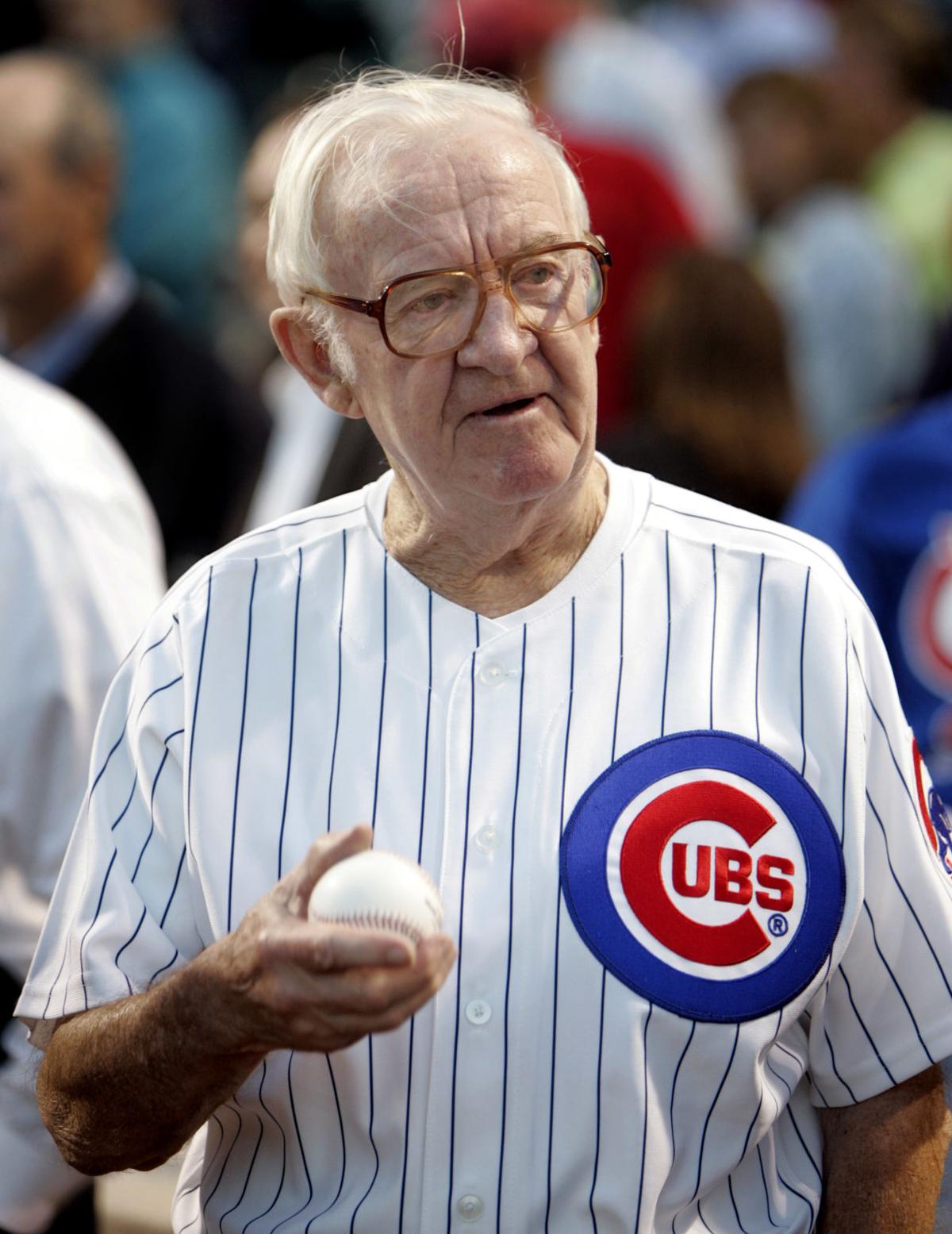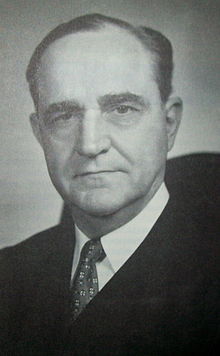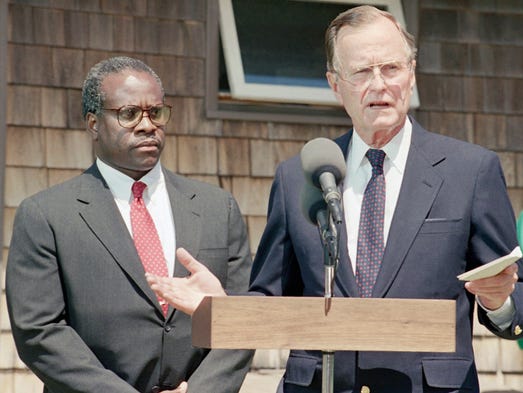The Supreme Court will hear arguments on Monday, Tuesday, and Wednesday of this week. Monday’s cases, which are both capital cases, present questions about habeas procedure. Tuesday’s cases are about appellate review standards. The argument on Wednesday will review the meaning of the tolling provision for state court claims in supplemental jurisdiction cases.
The first case the Court will hear on Monday is Ayestas v. Davis, a case appealed from the Fifth Circuit. As The Washington Examiner explains, Ayestas, a Honduran national, was sentenced to death for the murder of a woman during a home invasion. On federal habeas review, he claimed that his trial counsel was ineffective and failed to uncover evidence regarding his upbringing and mental illnesses, evidence that might have persuaded the jury not to sentence him to death. He moved for funding under 18 U.S.C. §3599(f) to hire mitigation specialists to help develop this claim. That statute provides funding to capital defendants when expert or investigative assistance is “reasonably necessary.” The district court denied the motion based on Fifth Circuit precedent providing that investigative assistance is available only if the habeas petitioner can show a “substantial need” for such assistance by fully describing the underlying claim and showing that it is “viable.” The Fifth Circuit affirmed. Ayestas argues that the 5th Circuit’s test for “substantial need” is inconsistent with the statute and with congressional intent and that the current test interferes with federal habeas counsel’s ability to provide meaningful representation to habeas petitioners by creating obstacles in the development and investigation of constitutional claims. The American Bar Association filed an important amicus brief underlining the second argument that the Fifth Circuit’s approach makes it difficult or impossible for counsel representing habeas petitioners to meet their professional duties. For more information check out SCOTUSblog’s detailed argument preview.
Monday’s second case is Wilson v. Sellers, a capital case from Georgia. As SCOTUSblog explains, The Court will have to determine whether a federal court sitting in habeas proceedings should “look through” a summary state court ruling to the last reasoned decision as held in Ylst v. Nunnemaker, or if the Court’s decision in Harrington v. Richter nullifies such a presumption. In this case, petitioner Marion Wilson was convicted and sentenced to death for his role in the 1996 murder of a Georgia corrections officer. Wilson appealed claiming ineffective assistance of counsel and the habeas court denied the relief despite substantial evidence. In an en banc decision, the Eleventh Circuit held that the state Supreme Court’s one-sentence order was the final adjudication on the merits under the Antiterrorism and Effective Death Penalty Act of 1996 (AEDPA) and thus the relevant state court decision to review, rather than the previous and more in-depth decision from the state’s habeas court. The distinction matters because AEDPA requires substantial deference to the findings and holdings of the state court, although Wilson argues that in a significant majority of cases looking through a summary state court decision to a reasoned opinion from a lower court will not change the result. Instead, he argues that this approach will allow the analysis to shift from what the state court might have said to what it actually said. This analysis would be less burdensome and costly to the states, would respect comity and federalism, and would not upset the high bar to relief that was set under AEDPA.
In U.S. Bank National Association v. Village at Lakeridge, LLC, to be argued on Tuesday, the issue is whether, for bankruptcy purposes, a trial court’s determination that individual is (or is not) a non-statutory insider should be reviewed under a standard of clear error or de novo. For a detailed review of the issue in this case check out SCOTUSblog and Law360. Finally, on Wednesday, the Court will hear Artis v. District of Columbia. In Artis, the issue is whether the tolling provision in 28 U.S.C. §1367(d) suspends the statute of limitations for 30 days after a claim dismissal, or does it freeze the statute of limitations “time clock.” Artis was a government employee who was fired after she filed a discrimination suit against the District of Columbia Department of Health, her employer. 28 U.S.C. §1367 allows supplemental jurisdiction, through which a litigant can file factually-related state and federal claims in federal court, provided that the federal court has subject-matter jurisdiction over the federal claim(s). When this occurs, the federal court can hear the state court claims, even if they would generally not be adjudicated in federal court. However, if the federal court rejects the federal claim that was necessary to bring the tag-along state claims, the unresolved state claims can be dismissed without prejudice. The question before the court next week will focus on how long the plaintiff has, once the state claims are dismissed in federal court, to refile in state court. For more on the potential ramifications of this case from SCOTUSblog, click here.
This post was drafted by ISCOTUS Fellow Eva Dickey, Chicago-Kent Class of 2020 and edited by ISCOTUS Fellow Matthew Webber, Chicago-Kent Class of 2019.





